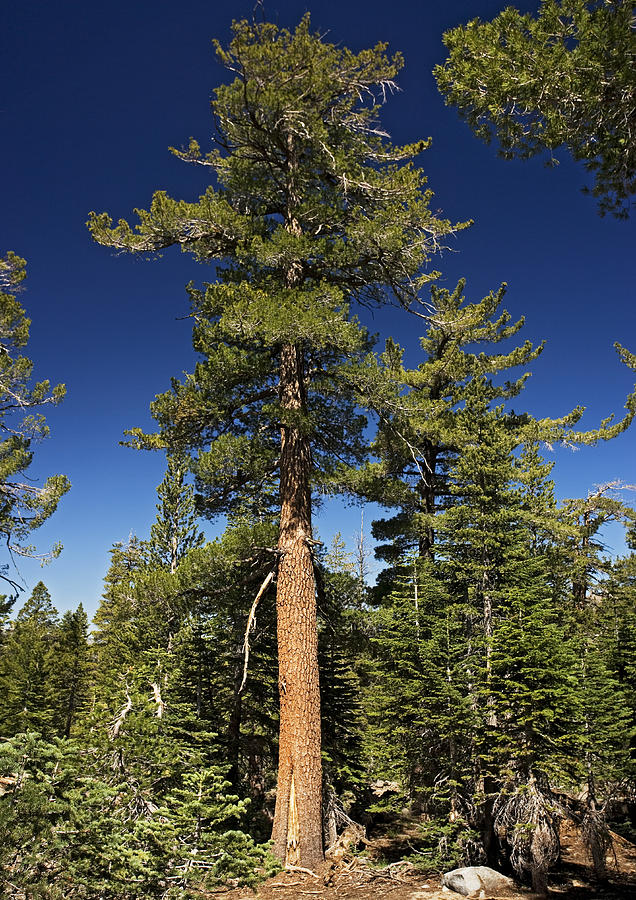
Christmas is a time for joy, giving, and celebration with loved ones. One of the most iconic symbols of the holiday season is the Christmas tree, which comes in a variety of shapes, sizes, and species. Each type of Christmas tree has its unique characteristics, advantages, and disadvantages. In this article, we will explore 7 types of Christmas trees that are commonly used during the holiday season.
Fraser Fir (Abies fraseri)

The Fraser Fir is a popular Christmas tree species known for its dark green needles, strong branches, and classic Christmas tree shape. Native to the Appalachian Mountains, Fraser Firs are highly prized for their durability and ability to hold heavy ornaments. They are also known for their pleasant scent and soft needles, making them a popular choice for families with young children.
Douglas Fir (Pseudotsuga menziesii)

The Douglas Fir is a full, lush tree with bright green needles and a sweet, citrusy scent. Native to the western United States, Douglas Firs are highly adaptable and can thrive in a variety of environments. They are also known for their soft needles and strong branches, making them a popular choice for families with young children.
Balsam Fir (Abies balsamea)

The Balsam Fir is a classic Christmas tree species known for its dark green needles, strong branches, and traditional Christmas tree shape. Native to northeastern North America, Balsam Firs are highly prized for their durability and ability to hold heavy ornaments. They are also known for their pleasant scent and soft needles, making them a popular choice for families with young children.
Blue Spruce (Picea pungens)

The Blue Spruce is a sturdy, symmetrical tree with bright blue-green needles and a pleasant, earthy scent. Native to the Rocky Mountains, Blue Spruces are highly adaptable and can thrive in a variety of environments. They are also known for their sharp needles and strong branches, making them a popular choice for families with older children.
Norway Spruce (Picea abies)

The Norway Spruce is a fast-growing, adaptable tree with bright green needles and a pleasant, earthy scent. Native to Europe, Norway Spruces are highly prized for their durability and ability to hold heavy ornaments. They are also known for their sharp needles and strong branches, making them a popular choice for families with older children.
White Pine (Pinus strobus)

The White Pine is a large, stately tree with soft, blue-green needles and a pleasant, sweet scent. Native to eastern North America, White Pines are highly adaptable and can thrive in a variety of environments. They are also known for their soft needles and strong branches, making them a popular choice for families with young children.
Scotch Pine (Pinus sylvestris)

The Scotch Pine is a sturdy, adaptable tree with bright green needles and a pleasant, earthy scent. Native to Europe and Asia, Scotch Pines are highly prized for their durability and ability to hold heavy ornaments. They are also known for their sharp needles and strong branches, making them a popular choice for families with older children.
Gallery of Christmas Trees




In conclusion, each type of Christmas tree has its unique characteristics, advantages, and disadvantages. Whether you prefer a traditional Fraser Fir or a sturdy Scotch Pine, there's a Christmas tree out there to suit your needs and preferences. By choosing the right tree, you can create a beautiful and festive centerpiece for your holiday celebrations.
Frequently Asked Questions
What is the most popular Christmas tree species?
+The Fraser Fir is the most popular Christmas tree species, known for its dark green needles, strong branches, and classic Christmas tree shape.
What is the best Christmas tree for families with young children?
+The Fraser Fir, Douglas Fir, and White Pine are popular choices for families with young children, known for their soft needles and strong branches.
How do I care for my Christmas tree?
+To care for your Christmas tree, make sure to water it regularly, keep it away from direct sunlight and heat sources, and check its freshness by gently grasping a branch and pulling it towards you.











